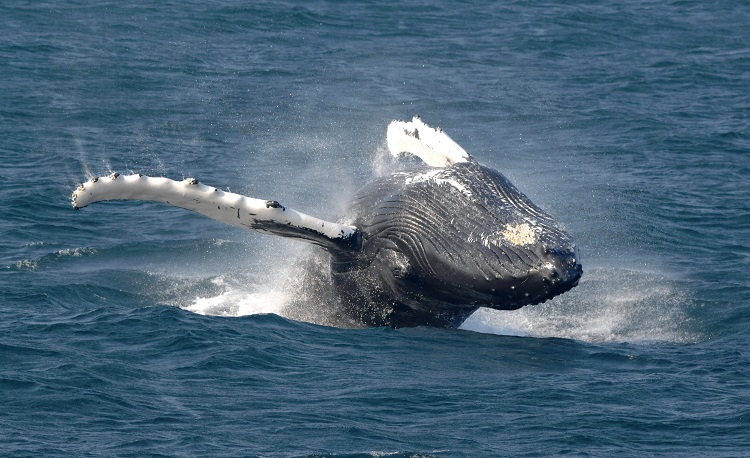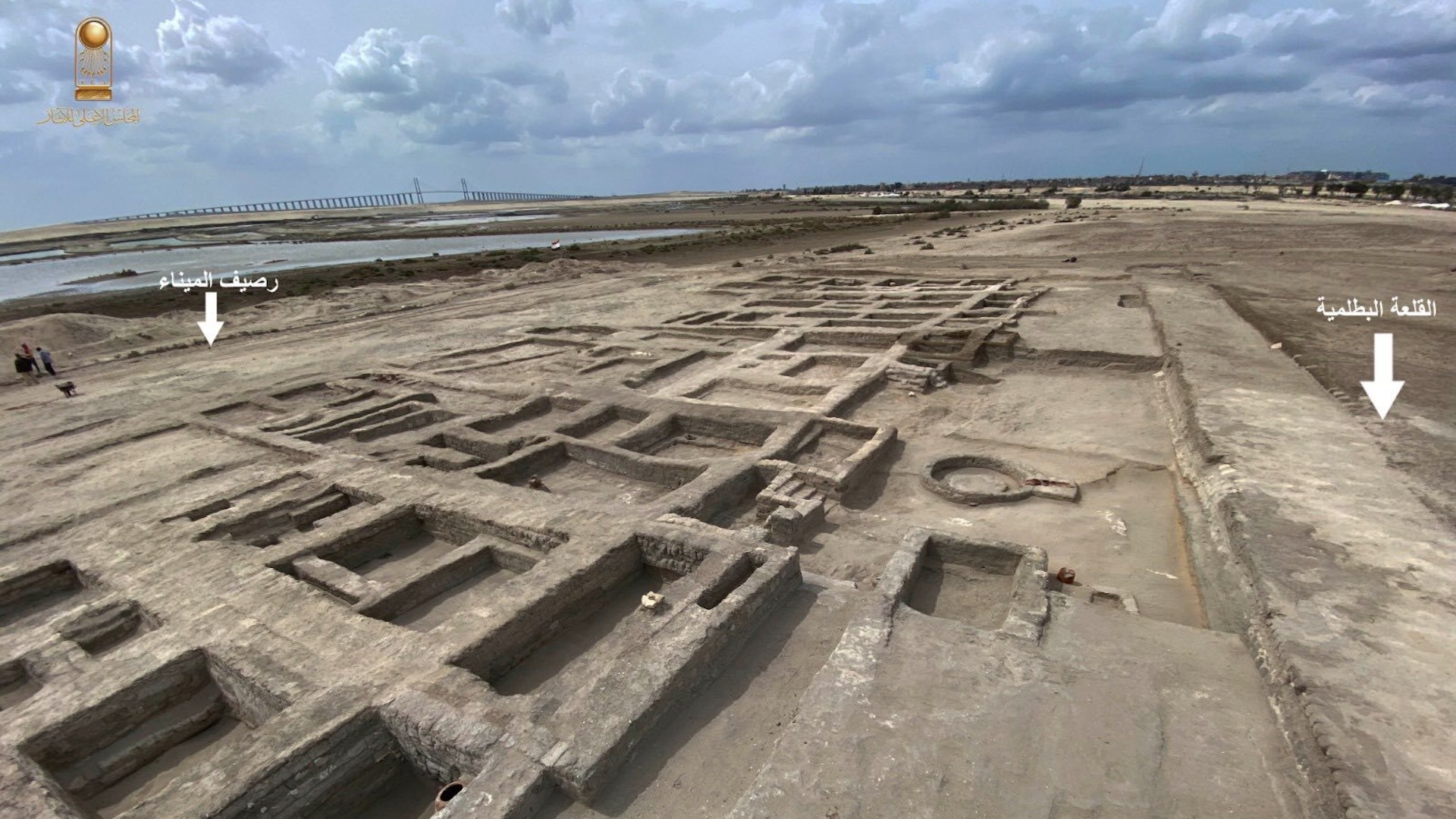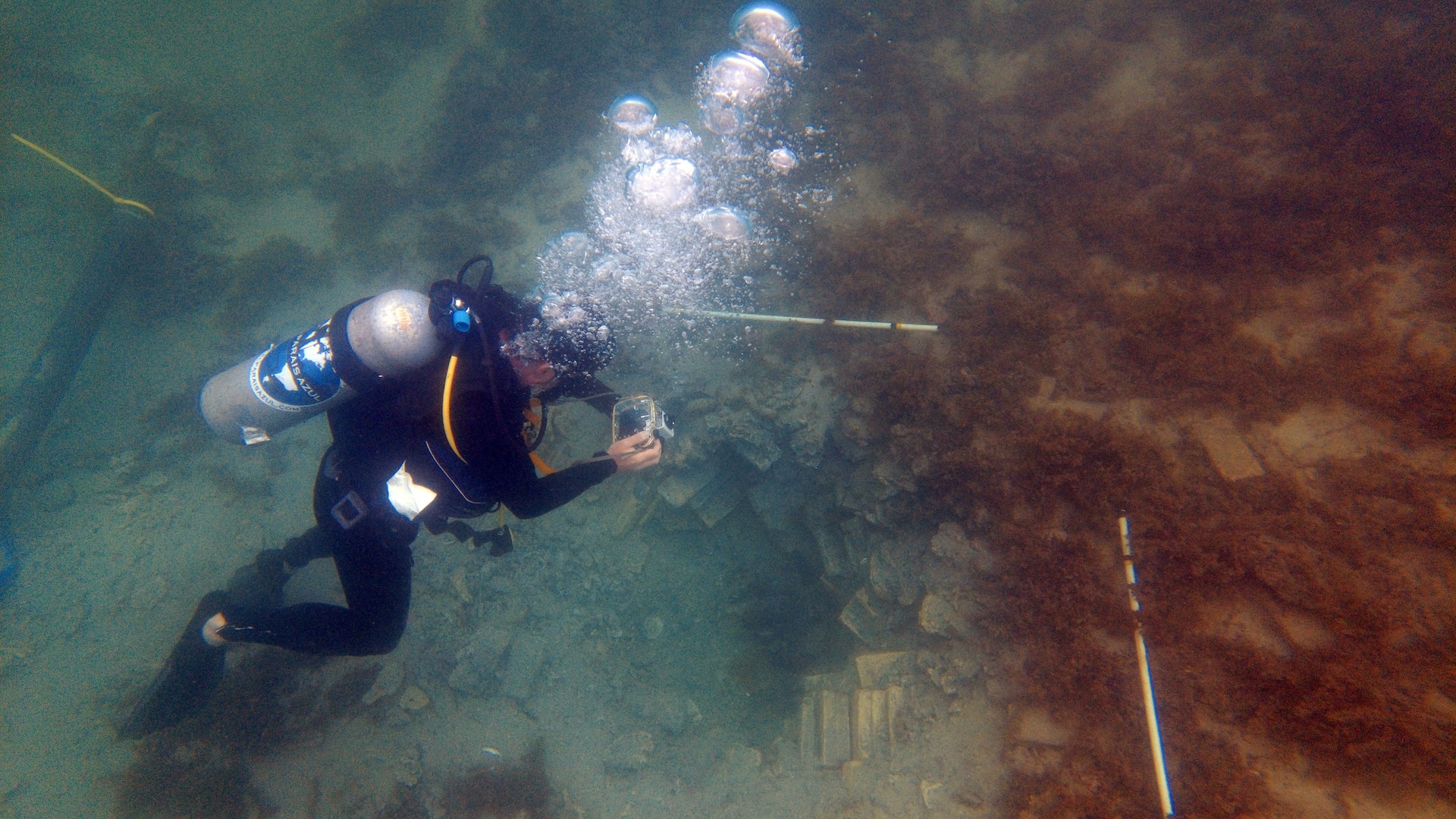Seafloor-Mapping Airguns May Harm Ocean Animals

The U.S. Geological Survey (USGS) plans to blast sound waves at the ocean floor with airguns this summer to map the continental shelf from the northern tip of Maine south past the Carolinas.
But for now, the agency is waiting for federal marine officials to decide whether the project could pose too great a risk to animals like whales and seals.
The survey aims to determine the outer limits of the U.S. continental shelf and to explore the tsunami-potential of sudden underwater landslides, according to the USGS project proposal. However, some environmental organizations have voiced concerns that the high-decibel level of the airgun blasts could harm the hearing or change the behavior of vulnerable marine mammals. [Marine Marvels: Spectacular Photos of Sea Creatures]
How the sound-blasting works
While airgun surveys are commonly used to search for deep-water deposits of oil and minerals, this survey has different goals. Primarily, it aims to determine where the United States' sovereignty ends and international waters, and therefore international law, begins. The work is important in understanding the limits of the United States' rights to underwater resources, such as fish and shellfish, said John Haines, program coordinator for the National Coastal and Marine Geology Program at the USGS. To determine the limits of the continental shelf, the USGS needs to measure the thickness of sediment along the continental shelf, and with current technology, the only way to map the thickness is to fire acoustic blasts at the ocean floor.
USGS researchers plan to use a boat from the Lamont-Doherty Earth Observatory at Columbia University in New York. The research vessel is equipped with an array of 36 airguns that can blast condensed air at pressures of 2,000 pounds per square inch (1,406,000 kilograms per square meter). If the project is approved, starting in August, the vessel will wind its way 1,960 miles (3,150 kilometers) down the East Coast, firing the airguns about every 164 feet (50 meters).
The blasts will happen well offshore, about 200 miles (320 km) from the coastline in most locations, where depths range from 4,953 feet to 17,716 feet (1,500 m to 5,400 m). The airguns will fire compressed air at the sediment, and a hydrophone will monitor the vibrations as the bullets of air pierce the sediment and bounce back.
Sign up for the Live Science daily newsletter now
Get the world’s most fascinating discoveries delivered straight to your inbox.
Marine mammal risk
The USGS submitted its project proposal to the National Oceanic and Atmospheric Administration (NOAA) for approval in March. The agency maintains that the survey will have few consequences for marine life.
"In the planning phase, the goal is to design a survey that will make as little an impact [on marine life] as possible," Haines told Live Science. "In the operational phase, we try to even further reduce that impact."
Candace Nachman, who works in the permits and conservation division of NOAA, said blasts like the ones proposed by the USGS are usually around 230 decibels. That's about the equivalent of a blast of dynamite, according to the National Resources Defense Council. For whales, NOAA recommends a cutoff of 160 decibels, since the loud noises can influence marine mammals' behavior.
During the survey, the USGS team could encounter as many as 10,000 marine mammals from 38 different species, according to the project proposal. Six whale species that live in the area are listed on the endangered list under the Endangered Species Act. The loud shots can mask natural sounds that the animals depend on to communicate, and can cause temporary or permanent hearing impairment. The noise may also cause animals to avoid certain areas and change their deep-diving habits, breathing patterns, foraging behavior and breeding activity, Nachman said.
Haines said he believes the potential behavioral impact on marine life will be small enough that the USGS can secure NOAA approval. He said that if members of the survey team spot any marine life or if acoustic monitors pick up any marine mammal vocals, the team will shut down the airguns and suspend the survey until the sea creatures move on. [Oceans & Us: A Gallery of Human Uses]
An ongoing battle
The USGS is waiting for NOAA to approve or deny a Marine Mammal Protection Act Incidental Harassment Authorization (IHA) for the project. An IHA allows for ocean activity that may harass marine mammals, as long as that harassment is kept to a minimum. Nachman told Live Science that an IHA is only issued if the work will have a "negligible impact"on marine life. Legally, the USGS would still be able to carry out the survey regardless of approval by NOAA, since there are no laws prohibiting airgun use. It's not yet clear if the USGS will go ahead with its plans without an IHA.
The Clean Ocean Action, an environmental nonprofit organization based in New Jersey, is one organization that has voiced concerns about the survey. That group launched an online petition against the sound blasting. Clean Ocean Action points to a similar seismic survey off the West Coast in 2002 that likely contributed to beaked whale strandings in California; a judge ordered that survey to stop. The search for deep-water oil deposits using a similar form of airgun blasting has also caused problems for marine life in the Gulf of Mexico in the past.
Earlier this month, the U.S. Third Circuit Court of Appeals dismissed the request for an injunction filed by the New Jersey Department of Environmental Protection that would have halted an ongoing survey off the coast of New Jersey that is using similar technology.
NOAA will issue its final verdict within a month. If the USGS gets the green light from NOAA (and maybe even if it doesn't), the initial survey will happen in August and September, and a second survey is planned for between April and August next year.
Follow Kelly Dickerson on Twitter. Follow us @livescience, Facebook & Google+. Original article on Live Science.










